Dong Hao’s Celebration of Ten Thousand Springs: Imperial Poems by the Jiaqing Emperor (《御题万春集庆册》)
A Qing Dynasty masterpiece combining courtly artistry and imperial ideology, Celebration of Ten Thousand Springs is a 12-panel album (10 paintings, 22.9 × 26 cm each) created in 1802 by Dong Hao (董诰, 1740–1818), a high-ranking scholar-official and painter under Emperor Jiaqing. Now housed in the National Palace Museum, Taipei, this work blends blue-and-green landscape traditions with symbolic depictions of agrarian prosperity and imperial governance, reflecting the Qing court’s vision of a harmonious “Ten Thousand Springs” (萬春)—an idiom for eternal renewal.
Structure and Themes
- Spring as Cosmic Order:
Each painting pairs a ”Ten Thousand” (萬) motif with seasonal symbolism, celebrating spring’s role in Confucian cosmology:- Spring Echoes in Ten Thousand Homes” (萬戶春聲): Villages awaken to firecrackers and plowing.
- Ten Thousand Jade Bamboos in Spring” (萬竿春玉): Bamboo groves symbolize scholarly resilience.
- Spring Clouds Over Ten Thousand Valleys” (萬壑春雲): Mist-shrouded peaks evoke Daoist transcendence.
- Imperial Inscriptions:
Emperor Jiaqing composed poems in gold-filled regular script for each panel, merging literary authority with visual art. For example:“Spring mists drape the peaks in gradients of color, / Layers of mountains rise steep and tall. / I seek wise ministers to bring nourishing rain, / To soothe my heart that tirelessly governs all.”
These verses frame Dong Hao’s landscapes as allegories of benevolent rulership
Artistic Innovation
- Color Symbolism: Dong Hao revived Tang-Song mineral pigment techniques, using malachite green for rice paddies and azurite blue for distant peaks, while incorporating Western perspective in compositions like “Ten Thousand Herds in Spring Pastures” (萬屯春牧).
- Political Subtext: The album’s finale, “Spring Radiance Over Ten Thousand Peaks” (萬峰春霭), depicts the emperor as a “rain-bringing sage” (作霖雨), legitimizing Qing rule through Mandate of Heaven imagery.
Five-Colored Ink Cakes (五色画锭)
Accompanying the album are pigment ink cakes (11–12 cm long) in vermilion, yellow, green, and black, each:
- Embossed with Jiaqing’s poems and landscape vignettes (e.g., willow-draped ponds for “Ten Thousand Green Spring Pools”).
- Housed in a lacquer box adorned with dual dragons, symbolizing imperial power.
Dong Hao: Between Art and Politics
As Grand Secretary (文华殿大学士) and son of painter Dong Bangda (董邦达), Dong Hao bridged literati traditions and court propaganda. His style—precise yet lyrical—echoed Yuan masters like Huang Gongwang but was tempered by Qing academic rigor. The album’s idealized rural scenes, however, contrast starkly with the Jiaqing era’s realities: rampant corruption, White Lotus rebellions, and looming Western imperialism—a dissonance later noted by historians.
Legacy
- Cultural Relic: The album survived the Qing collapse, transported to Taiwan in 1949. Its 2023 digitization by the National Palace Museum allows global access to its interplay of poetry and pigment.
- Art Historical Significance: Dong Hao’s synthesis of **”Three Dongs”** (董源, 董其昌, 董邦达) traditions influenced 19th-century court painters, though his reputation remains overshadowed by his father’s.
Explore Digitized Details: National Palace Museum, Taipei

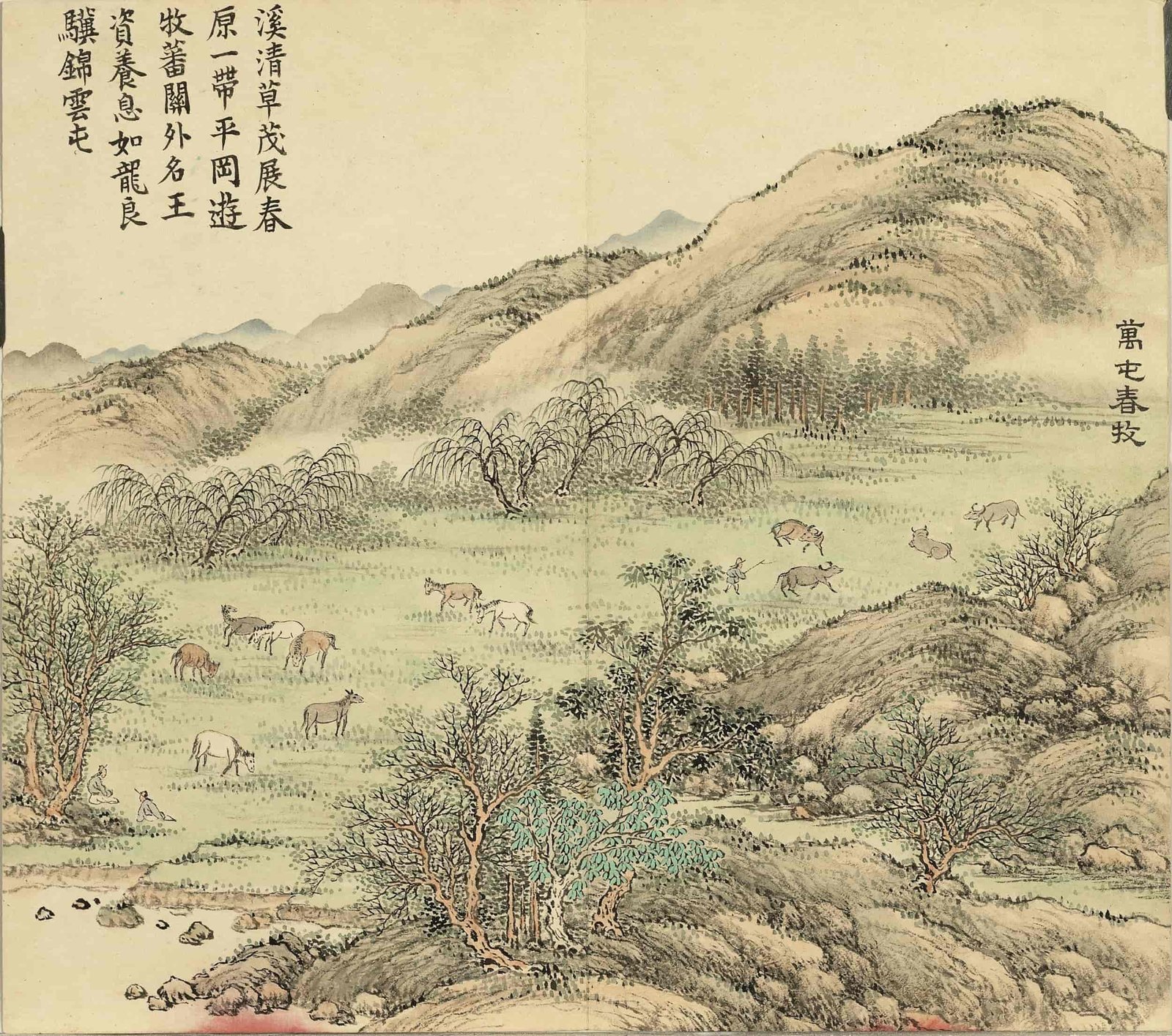
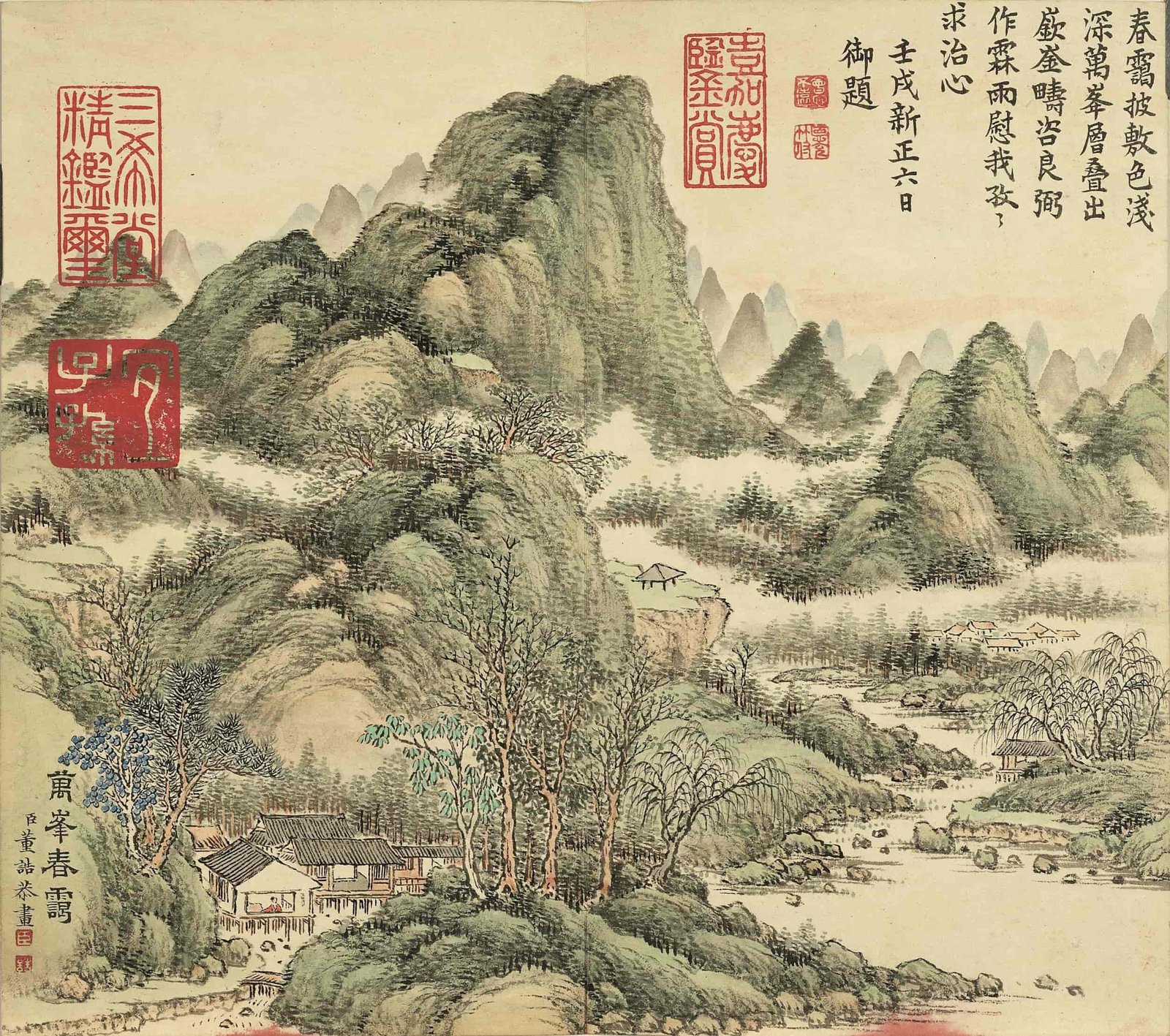
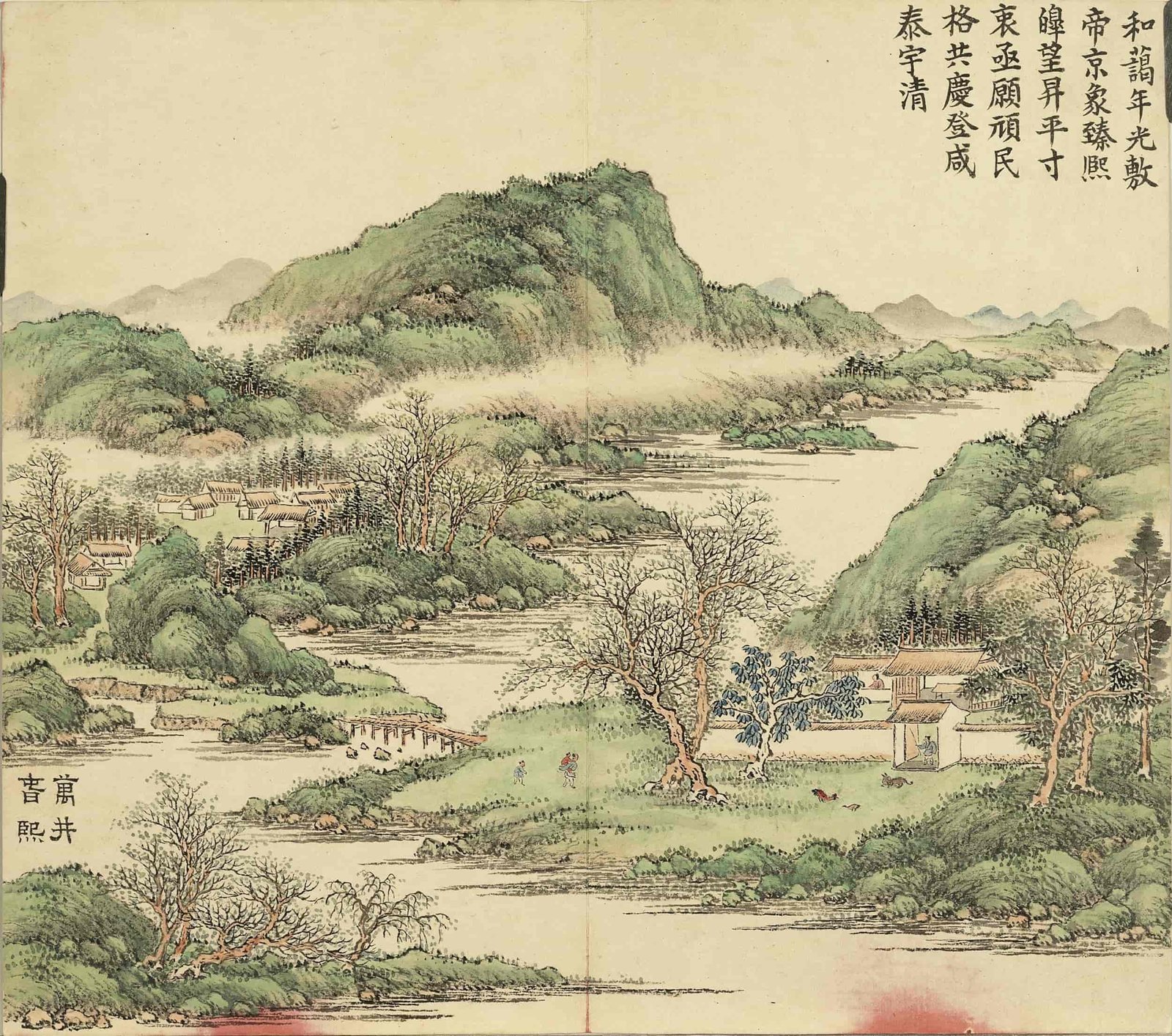
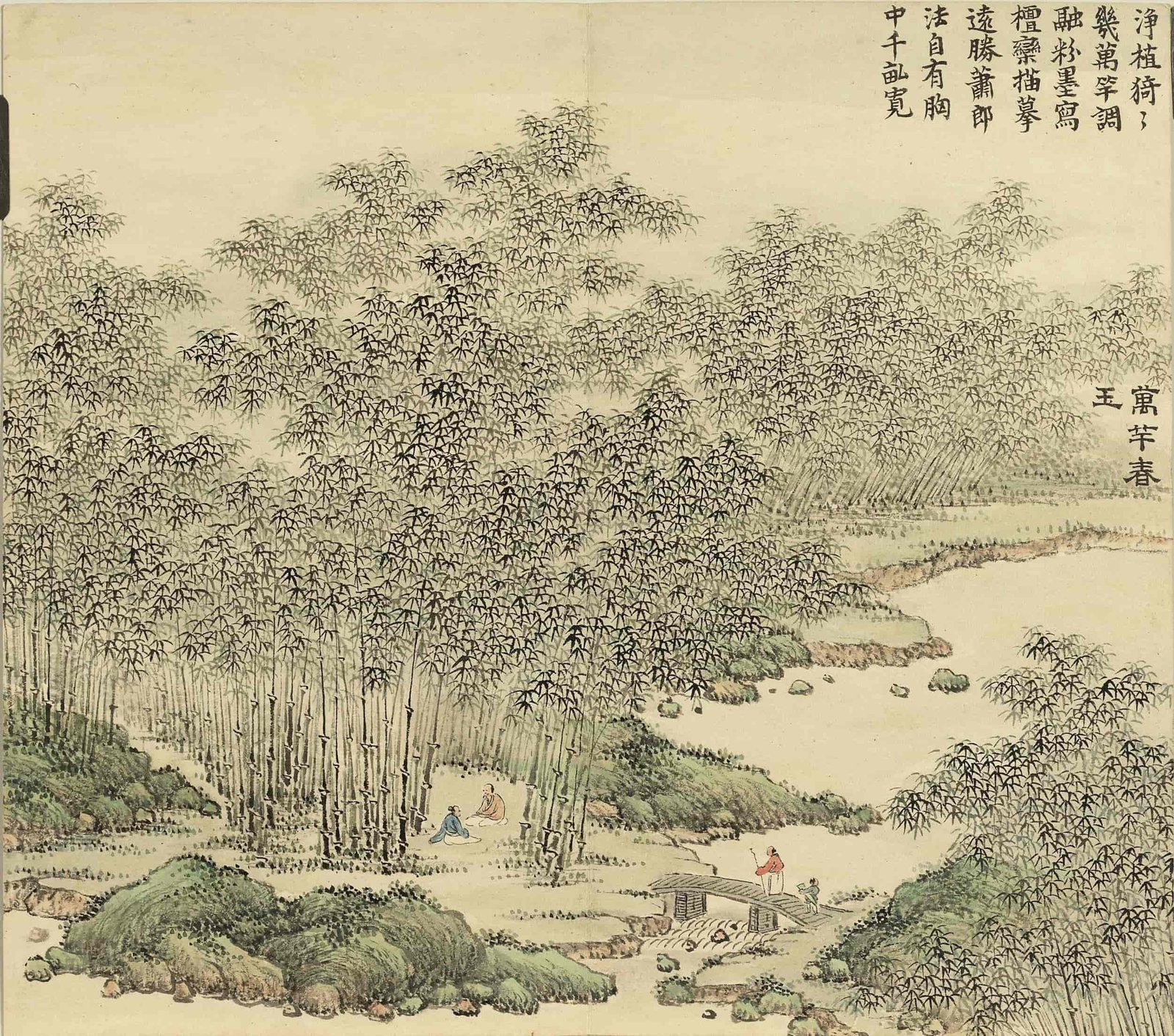
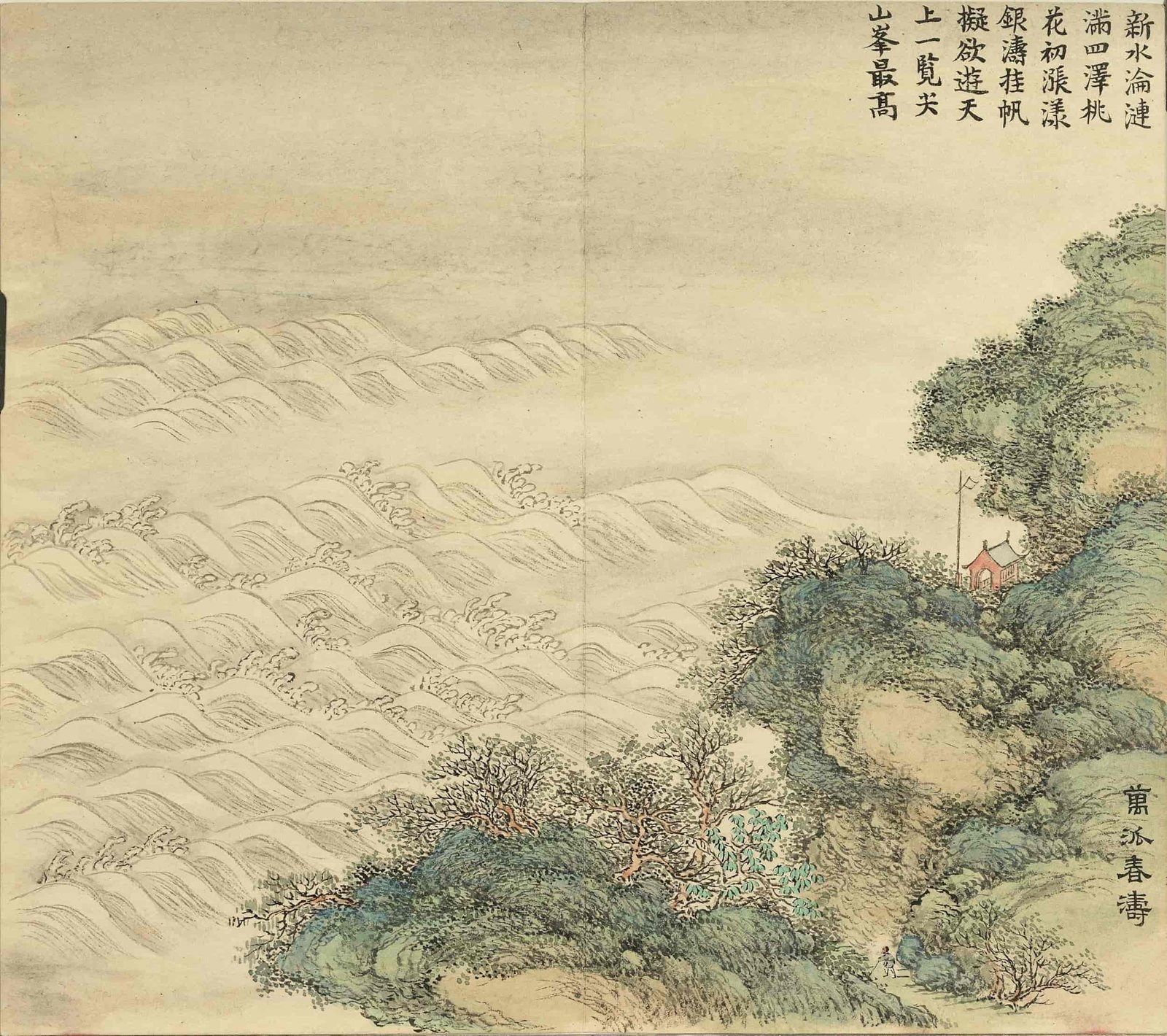
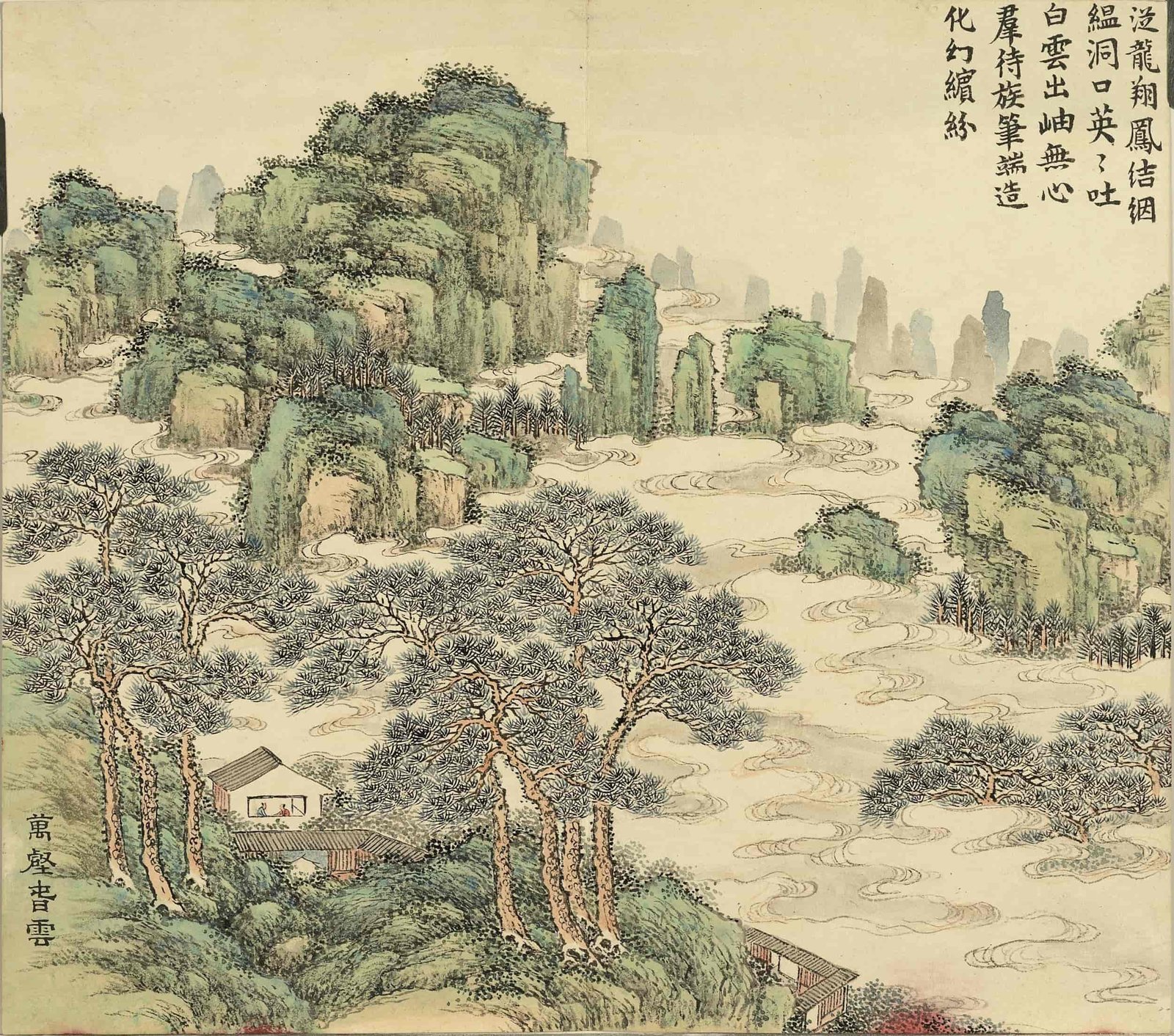
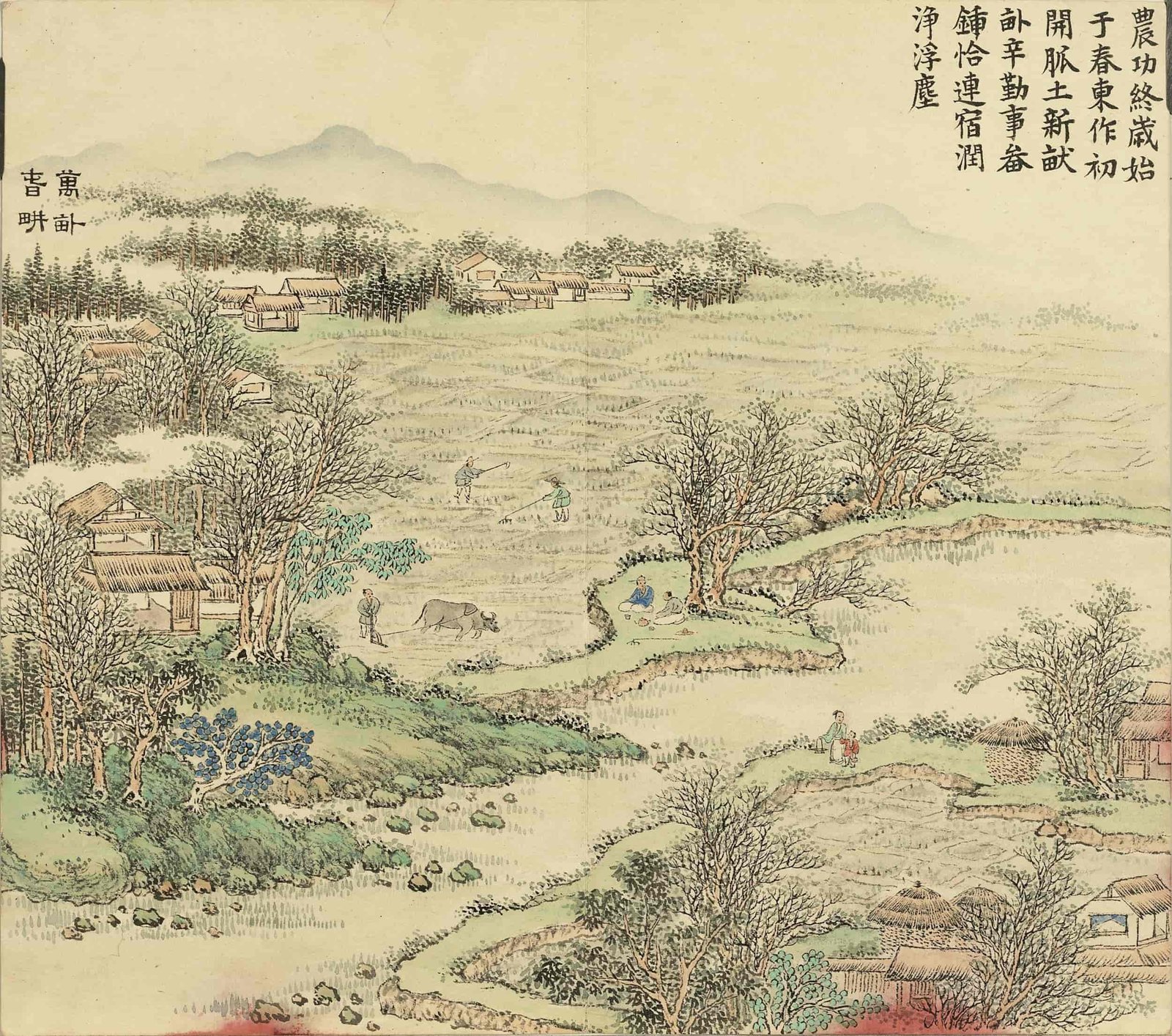
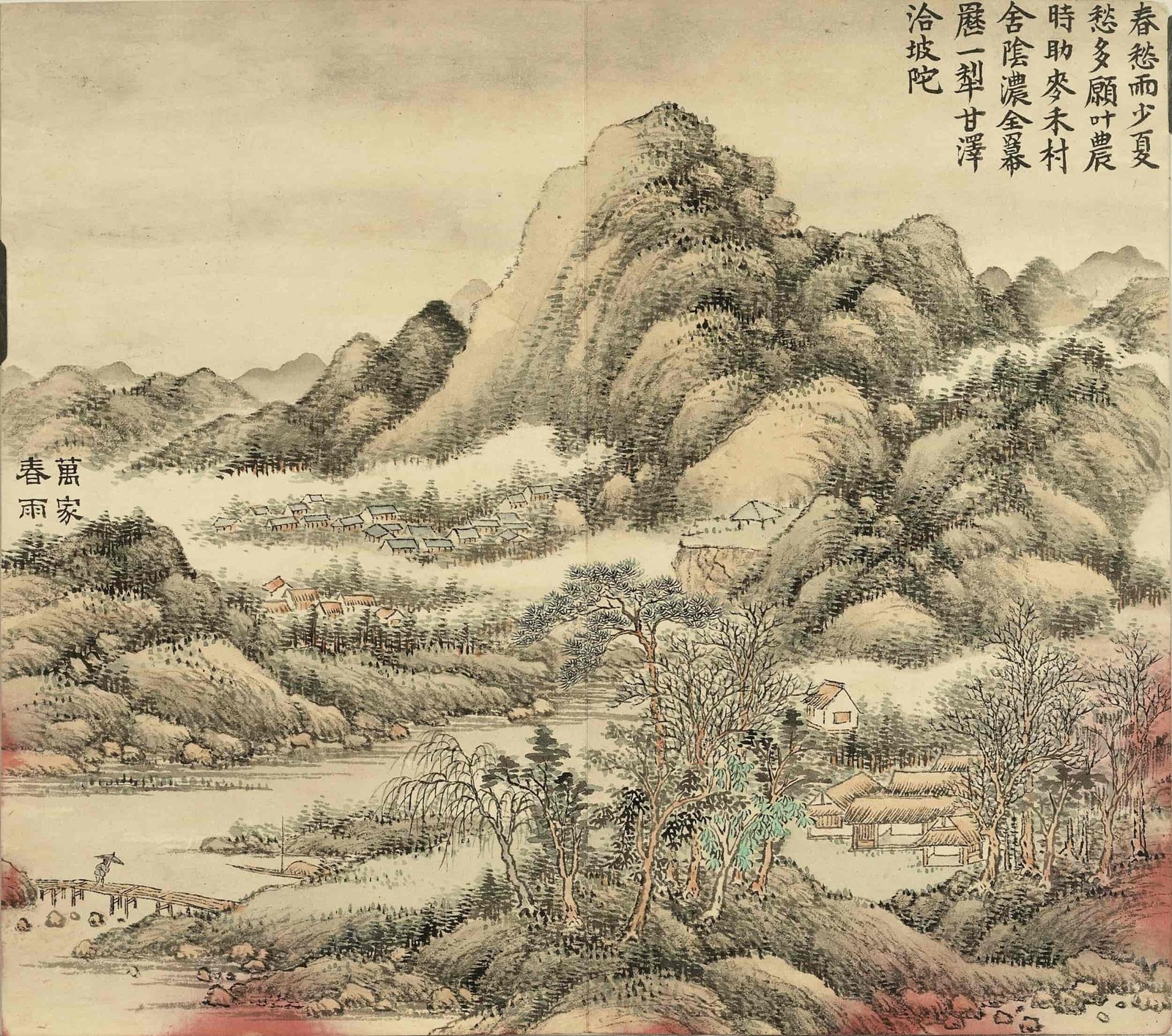
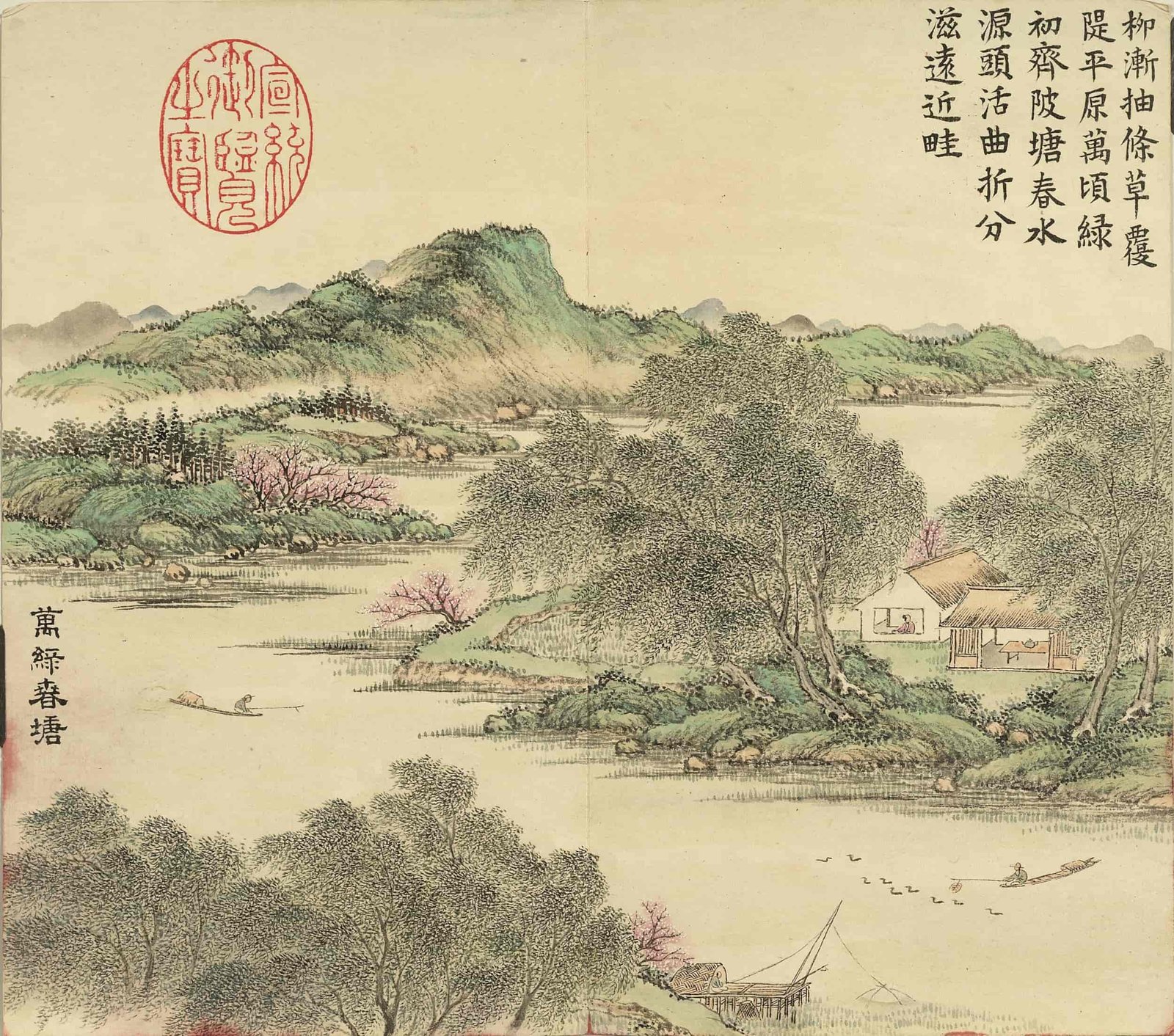
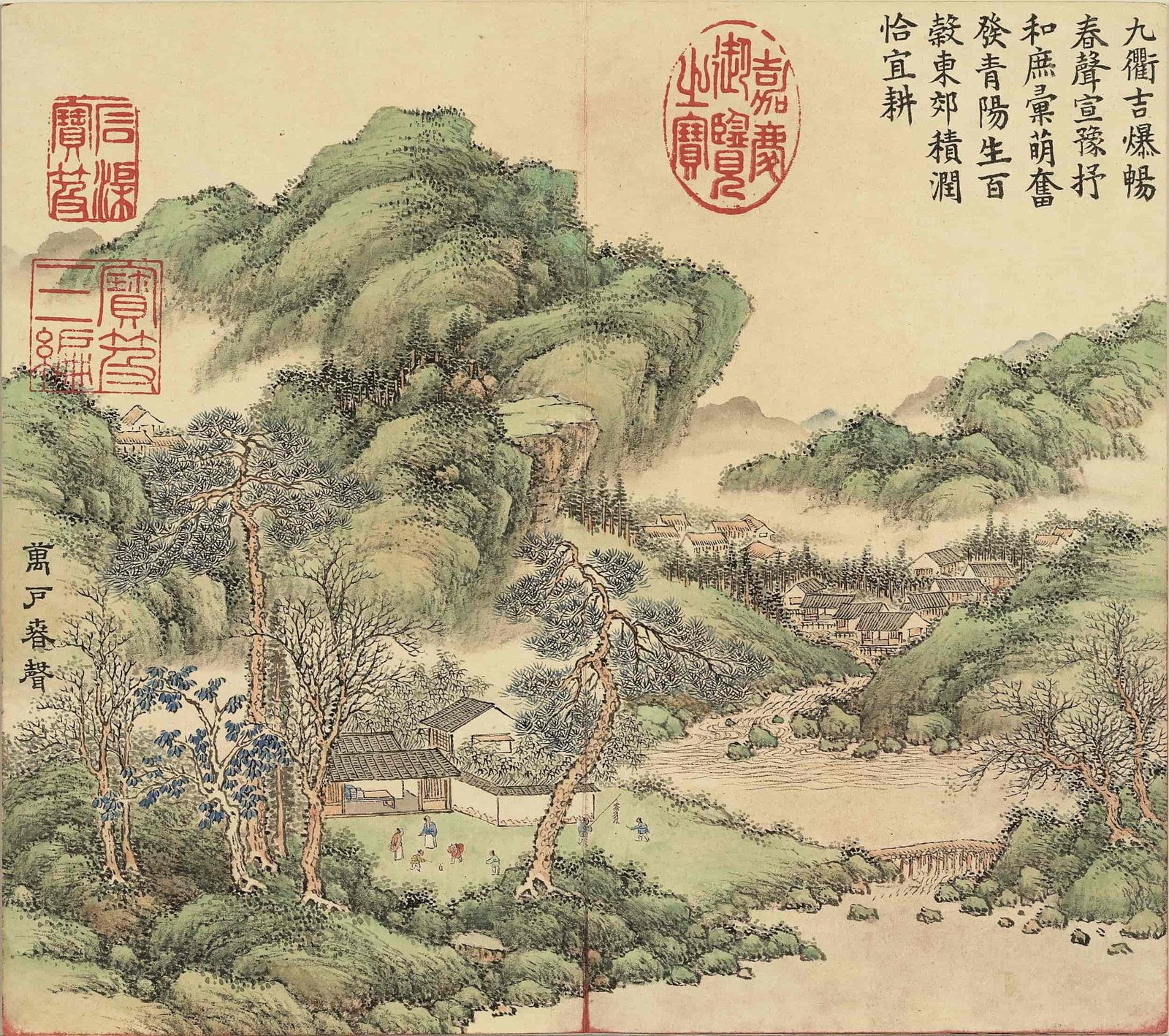
评价
目前还没有评价